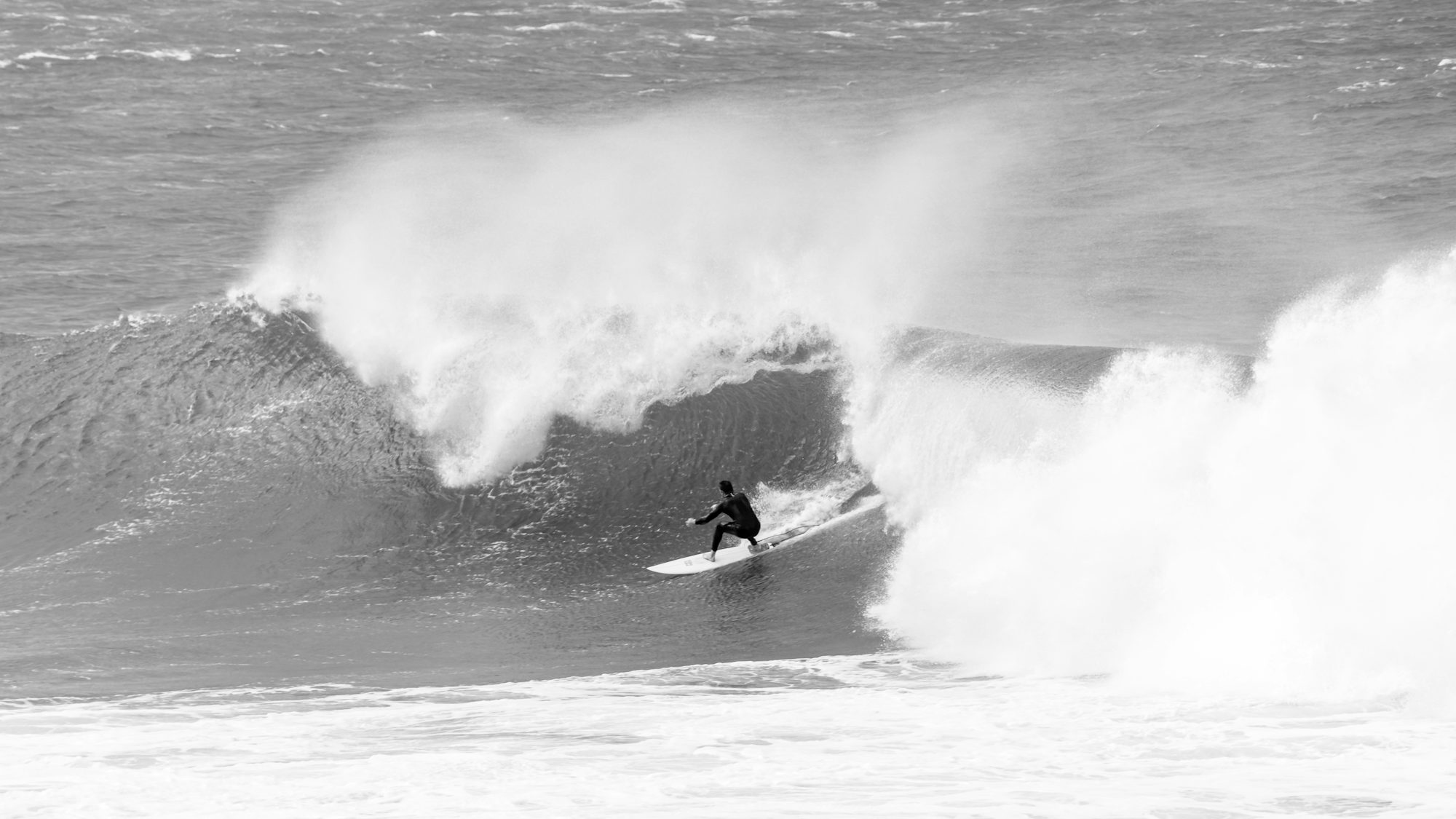
D&J Pools
A comprehensive guide for beginner surfers, offering essential tips and techniques to help you start your surfing journey confidently.1. Understanding the Basics of Surfing
Before diving into the water, it's crucial to understand the fundamentals of surfing. At its core, surfing involves riding a board on the face of a wave. This requires a combination of balance, timing, and wave knowledge. Familiarizing yourself with ocean conditions, including tides, currents, and wind patterns, is essential for selecting the right time and location to surf.
2. Choosing the Right Surfboard
Selecting the appropriate surfboard is vital for your success as a beginner. Soft-top boards are ideal for novices because they provide stability and safety, reducing the risk of injury during falls. As you progress, you can experiment with different board shapes and sizes, such as longboards for smoother rides or shortboards for more advanced maneuvers. The key is to find a board that matches your skill level and the type of waves you’ll be riding.
3. Taking Lessons
Consider enrolling in surfing lessons with a qualified instructor. Professional guidance can significantly accelerate your learning process, helping you grasp essential techniques quickly. Instructors can teach you proper paddling techniques, how to pop up on the board, and how to read the waves. Group lessons are also a great way to meet fellow beginners and create a supportive learning environment.
4. Mastering the Pop-Up Technique
One of the most crucial skills in surfing is the pop-up, which is the movement of transitioning from lying on your board to standing upright. To practice, start by lying on your stomach with your hands positioned under your shoulders. Push up with your arms while simultaneously bringing your feet underneath you in a swift motion. Practicing this on the beach will build muscle memory, making it easier when you’re in the water. Remember to keep your feet shoulder-width apart for balance and look forward, not down.
5. Paddling Like a Pro
Effective paddling is essential for catching waves and positioning yourself correctly in the lineup. Use your arms in a windmill motion, alternating between your left and right sides. Make sure to keep your body centered on the board to avoid tipping over. To gain speed, dig your hands deep into the water and keep your elbows slightly bent. Practicing your paddling technique will help you conserve energy and maintain balance.
6. Reading the Waves
Understanding how to read waves is crucial for beginners. Observe the ocean conditions before entering the water. Look for areas where the waves are breaking consistently and note the direction of the swell. It's also important to identify the best position in the lineup to catch waves. As you become more experienced, you’ll develop an instinct for which waves to paddle for and when to drop in.
7. Safety First
Safety should always be a priority while surfing. Always wear a leash to keep your board close by in case of a wipeout. Be aware of your surroundings and keep an eye out for other surfers to avoid collisions. If you’re new to the ocean, try to surf in designated beginner areas where the waves are gentler, and the crowd is less intense. Additionally, knowing how to handle wipeouts safely is essential—cover your head and protect your body when you fall.
8. Practicing Patience and Persistence
Surfing is a sport that requires patience and persistence. Progress may seem slow at first, and it's common to face challenges. Embrace the learning process and enjoy the journey. Celebrate small victories, whether it’s catching your first wave or mastering your pop-up. Consistent practice will lead to improvement, so don’t get discouraged by setbacks.
9. Building Endurance and Strength
Surfing demands physical fitness, particularly core strength and endurance. Engage in activities that enhance your overall fitness, such as swimming, yoga, or strength training. Incorporating these exercises into your routine will improve your balance, flexibility, and paddling strength, ultimately enhancing your performance in the water.
10. Join a Surf Community
Being part of a surf community can significantly enhance your experience. Join local surf clubs, participate in group lessons, or connect with fellow surfers on social media. Surrounding yourself with like-minded individuals will provide motivation, encouragement, and valuable tips from more experienced surfers. Sharing experiences and stories fosters a sense of camaraderie that is unique to the surfing lifestyle.
Conclusion
Surfing is an exhilarating sport that connects you with nature while providing a sense of freedom and adventure. By following these tips, beginners can navigate the initial learning curve more effectively. Remember that every surfer started as a beginner, and progress takes time and dedication. With patience, practice, and the right mindset, you'll soon find yourself confidently riding the waves and enjoying all that surfing has to offer. So grab your board, hit the beach, and immerse yourself in the exhilarating world of surfing!